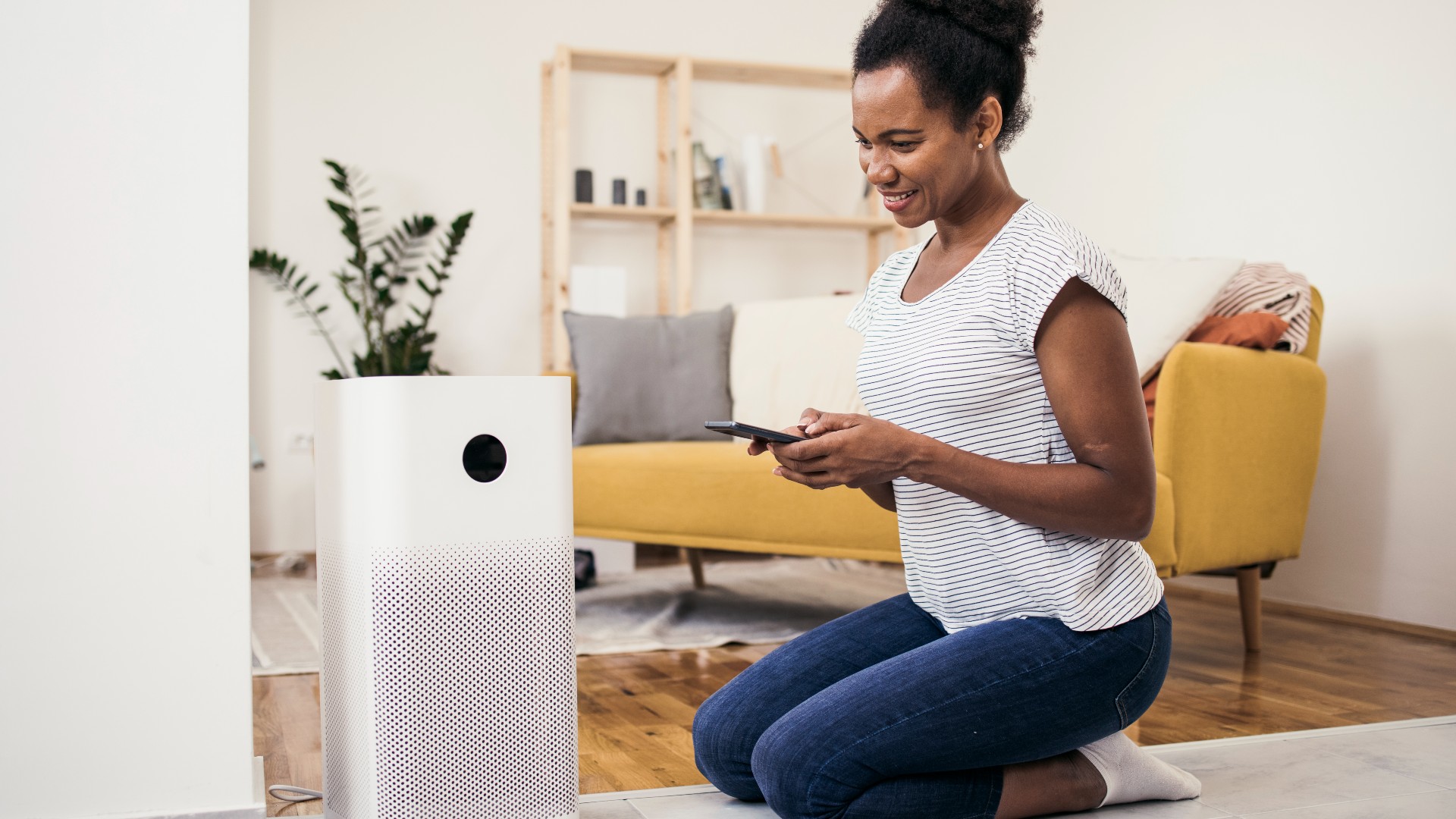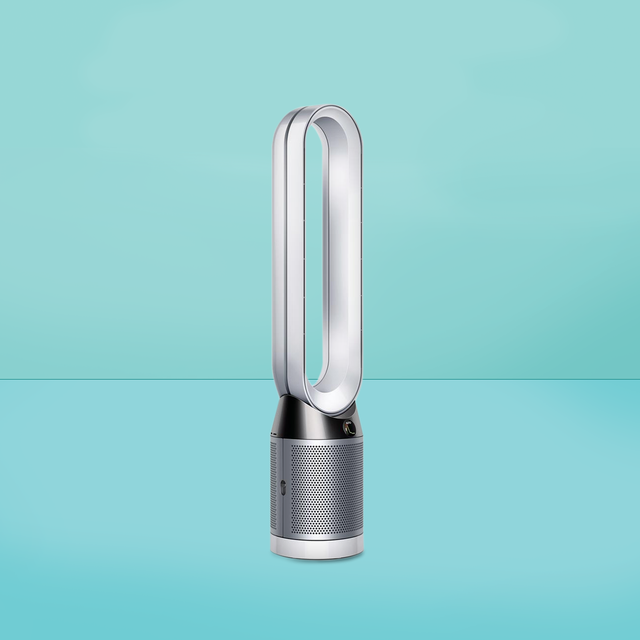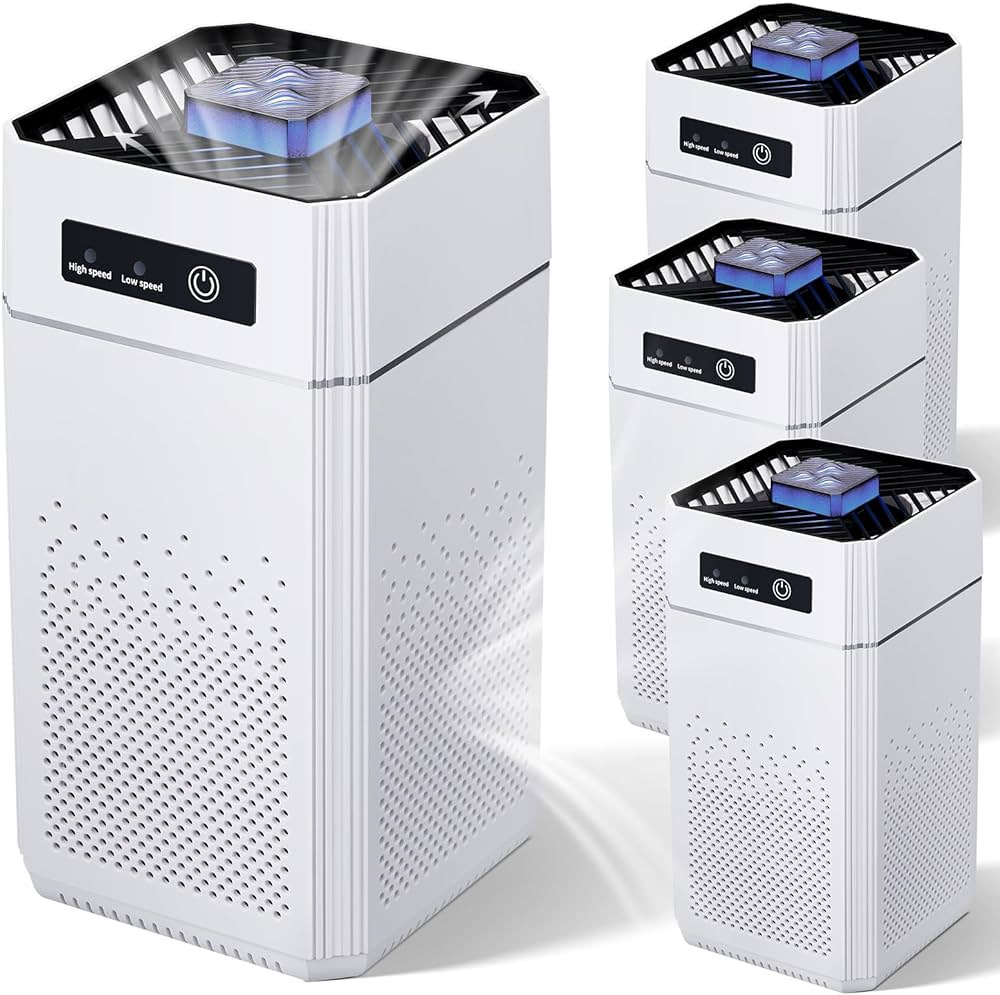Introduction: Enhancing Indoor Air Quality with Air Purifiers
In today’s world, where we spend a significant portion of our time indoors, the quality of the air we breathe has become increasingly crucial to our overall health and well-being. Air purifiers have emerged as effective tools to combat indoor air pollution, removing airborne contaminants and creating a cleaner, healthier indoor environment. However, with a wide range of air purifiers available, understanding their energy consumption is essential for making informed choices that balance effectiveness with energy efficiency.
Energy Consumption of Air Purifiers: A Closer Look
The energy consumption of air purifiers depends on various factors, including power rating, fan speed, and usage time. Power rating, measured in watts, indicates the amount of power an air purifier draws from the electrical outlet. Fan speed, typically adjustable from low to high, significantly impacts energy consumption, with higher speeds drawing more power but offering faster purification. Finally, usage time, the number of hours an air purifier operates per day, directly influences overall electricity consumption.

Comparing Air Purifier Types: Energy Efficiency Variations
Different air purifier types exhibit varying levels of energy efficiency. HEPA filter air purifiers are generally considered among the most energy-efficient options, as they rely on simple fan-powered filtration mechanisms. Activated carbon filter air purifiers may have slightly higher power requirements due to the additional energy needed to regenerate the activated carbon. Ionizer air purifiers, which use charged particles to attract and neutralize pollutants, typically consume less power but may have limitations in pollutant removal effectiveness.
Energy Star Certified Air Purifiers: A Mark of Efficiency
The Energy Star program, established by the U.S. Environmental Protection Agency (EPA), identifies energy-efficient appliances, including air purifiers. Energy Star certified air purifiers meet strict energy-efficiency standards, significantly reducing electricity consumption compared to conventional models. Choosing Energy Star certified air purifiers not only lowers electricity bills but also contributes to a smaller environmental footprint.
Calculating Air Purifier Electricity Costs: Understanding Your Usage
Calculating the electricity costs associated with using an air purifier involves considering its power rating, fan speed, usage time, and electricity rates. To estimate daily electricity consumption, multiply the air purifier’s power rating (in watts) by the number of hours it operates per day and divide by 1000 to convert watts to kilowatts (kW). Then, multiply this daily consumption by your electricity rate (in cents per kWh) to determine the daily cost. Annual electricity costs can be calculated by multiplying the daily cost by 365.

Energy-Saving Features: Enhancing Efficiency
Several energy-saving features can further reduce air purifier electricity consumption. Smart features, such as automatic adjustments based on air quality sensors, optimize fan speed and filtration intensity, saving energy when air quality is good. Sleep mode reduces fan speed and noise levels during sleep hours, minimizing energy consumption without compromising air quality. Additionally, filter replacement indicators alert users when filters need replacement, preventing energy-wasting clogged filters.
Maintaining Your Air Purifier: Ensuring Optimal Efficiency
Regular maintenance is essential to keep your air purifier performing at its best and minimize energy consumption. Replace filters according to the manufacturer’s recommendations, typically every 3 to 6 months, to maintain airflow and filtration efficiency. Clean the air purifier’s exterior and internal components regularly to prevent dust buildup and ensure proper airflow. Finally, unplug the air purifier when not in use to eliminate standby power consumption.
Alternative Air Quality Solutions: Energy-Efficient Options
While air purifiers are effective in improving indoor air quality, there are also energy-efficient alternative solutions to consider. Natural ventilation, when weather permits, allows fresh air to circulate, reducing the need for continuous air purifier operation. Houseplants, such as snake plants, peace lilies, and spider plants, can help purify the air naturally. Regular dusting and cleaning to remove dust and allergens from surfaces can also contribute to better indoor air quality.

Conclusion: Making Informed Choices for Energy-Efficient Air Purification
When selecting an air purifier, it’s crucial to balance effectiveness in removing pollutants with energy efficiency. Consider both CADR (Clean Air Delivery Rate) and ACH (Air Changes per Hour) ratings to assess an air purifier’s ability to clean your space. Choose Energy Star certified models to minimize energy consumption and environmental impact. Additionally, maintain your air purifier regularly and consider alternative air quality solutions, such as natural ventilation and houseplants, to further enhance indoor air quality while reducing energy usage. By making informed choices, you can create a healthier, more energy-efficient home environment.
Beyond Basic Maintenance: Optimizing Air Purifier Performance
Maintaining your air purifier goes beyond just filter replacements and cleaning. Here are some additional tips to maximize its effectiveness and potentially reduce energy consumption:
- Choosing the Right Location: Placing the air purifier in a central location with proper airflow ensures even distribution of purified air throughout the room, potentially allowing for lower fan speeds.
- Minimizing Pollutants at the Source: Reducing sources of indoor air pollution, such as smoking indoors, using cleaning products with harsh chemicals, or storing volatile materials, can lessen the burden on the air purifier, potentially allowing for lower fan speeds.
- Scheduling Usage: Consider scheduling your air purifier to operate during peak pollution times, such as when cooking or cleaning, and turning it off during low-activity periods.

-
Conclusion: Making Informed Choices for a Healthier, Energy-Conscious Home
By understanding the factors affecting air purifier energy consumption and exploring energy-saving features and alternative solutions, you can make informed choices that prioritize both a healthier indoor environment and energy efficiency. Remember, creating a clean and breathable home doesn’t have to come at a high cost – a combination of air purifiers, natural ventilation strategies, regular cleaning routines, and smart air purifier usage can significantly improve your indoor air quality without breaking the bank or harming the environment. So, breathe easy, knowing you’re making choices that benefit your health and the planet.
Taking the Next Step: A Personalized Approach
The journey towards a healthier and more energy-conscious home doesn’t end here. Consider consulting air quality experts or HVAC technicians for personalized recommendations. They can assess your specific needs, factoring in factors like square footage, air quality concerns, and existing ventilation systems. With their guidance, you can choose the ideal air purifier type, placement strategy, and usage pattern for optimal effectiveness and minimal energy consumption.

Beyond the Walls: Improving Community Air Quality
While creating a healthy indoor environment is crucial, remember that outdoor air quality significantly impacts indoor air. Advocate for stricter regulations on air pollution sources in your community. Support initiatives that promote cleaner air, such as encouraging green spaces and sustainable transportation options. By working together, we can create healthy and breathable spaces not just within our homes, but also in the communities where we live and breathe.
Leave a Reply